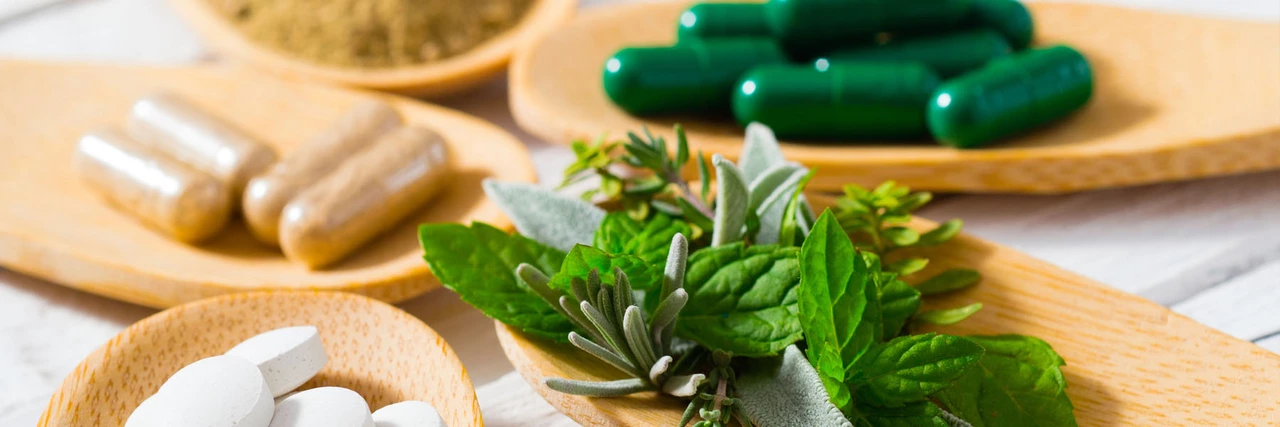Winter savory is a small, peppery herb that brightens rich dishes and pulls double duty in home herbal remedies. If you like strong, savory flavors and low-maintenance garden plants, this herb deserves a spot in your kitchen or window box. Below you’ll find real, practical tips for cooking with it, growing it, and using it safely.
Culinary: Winter savory has a sharp, peppery taste that works great with beans, lentils, fatty meats, and stews. It stands up to long cooking, so toss a few sprigs into bean pots or braises early and remove stems before serving. Use fresh leaves sparingly—about 1 teaspoon chopped per cup of sauce—or substitute 1 part fresh to 3 parts dried.
Herbal and practical uses: People use winter savory as a mild digestive aid and carminative—helpful for bloating and gas. Lab studies show that winter savory essential oil has antimicrobial activity against some bacteria and fungi, which explains its traditional use for minor skin issues and household cleaning. For teas, steep 1 teaspoon dried leaves in 1 cup hot water for 5–10 minutes; drink no more than 2–3 cups daily.
Growing: Plant winter savory in full sun and well-drained soil. It tolerates poor soil and drought once established. Keep plants about 12–18 inches apart so air can circulate. Pinch back tips through the season to keep the plant bushy and prevent it from getting woody. Take softwood cuttings in spring or sow seeds indoors if you want more plants.
Harvesting and storage: For best flavor, harvest leaves before heavy flowering. Strip stems and dry leaves in a warm, airy place or store fresh in the fridge for a few days. Dried leaves keep well in an airtight jar for up to a year; whole leaves hold flavor longer than crushed.
Using the essential oil and safety: Essential oil is concentrated—always dilute it in a carrier oil and do a patch test before skin use. Don’t take the oil internally unless a trained herbalist or clinician advises it. Avoid high doses of any savory preparation during pregnancy and breastfeeding. If you take prescription meds or have a chronic condition, check with your healthcare provider before using winter savory medicinally.
Quick tips you can use today: add one sprig to a bean pot at the start of cooking, dry a small batch for winter use, and plant one or two pots by your kitchen door for easy snips. It’s an easy herb that gives big flavor and useful mild medicinal benefits, as long as you use it carefully.

Winter savory is an ancient herb that has recently gained popularity in the dietary supplement world. As a blogger, I've noticed more and more people discussing its potential health benefits and versatility. This herb, known for its strong flavor and medicinal properties, has been used for centuries in various cultures. It's believed to aid in digestion, boost immunity, and even act as an aphrodisiac. I'm excited to see how this ancient herb continues to make a significant impact on modern health and nutrition.
More